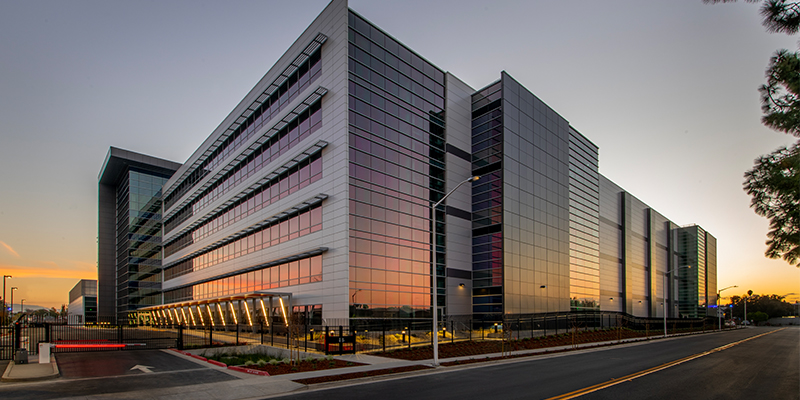
Trends in Commercial Real Estate: Repositioning Strategies
- January 22, 2025
From prebuilt office spaces to reimagined amenity offerings, commercial building owners and landlords in major metropolitan markets across the United States are exploring a host of different strategies for encouraging leasing activity. Determining what upgrades are deal-breaker requirements, which solutions will perform best in the market, and how they align with desired tenant groups remains a significant challenge. Rather than gambling on getting lucky with the experimentation process, owners and landlords can learn a lot from circa-2018 building repositioning practices.







